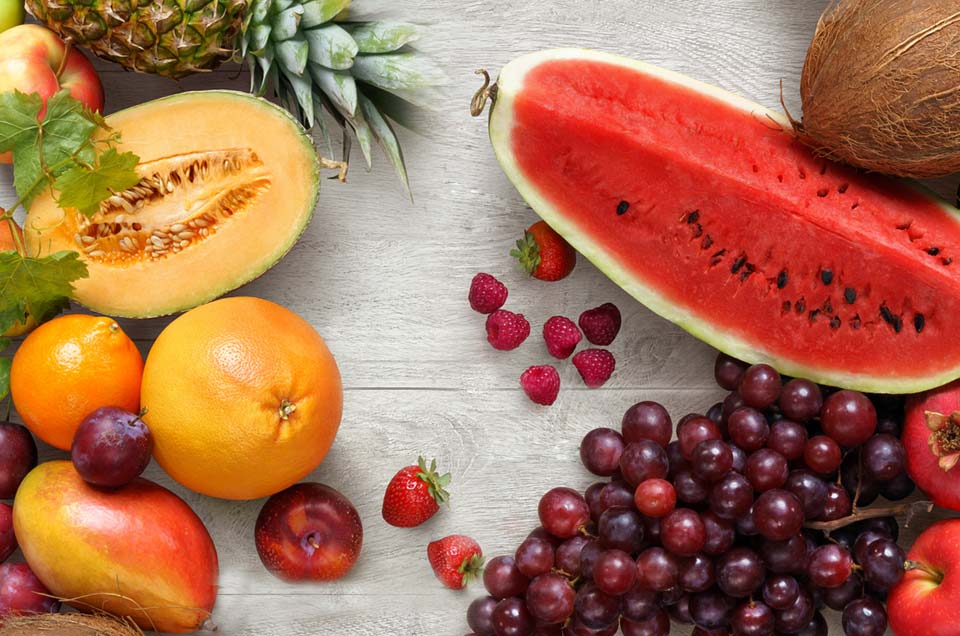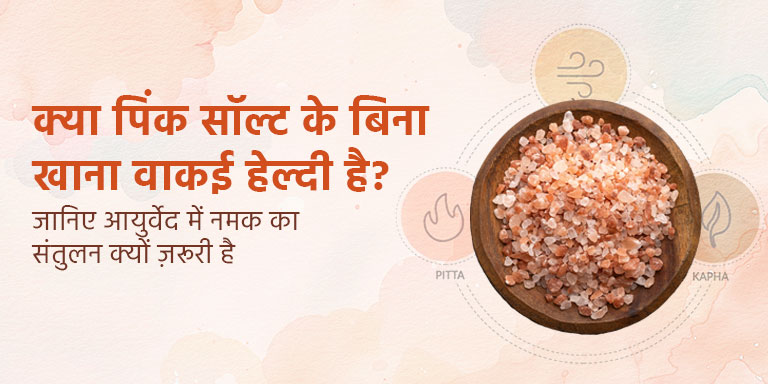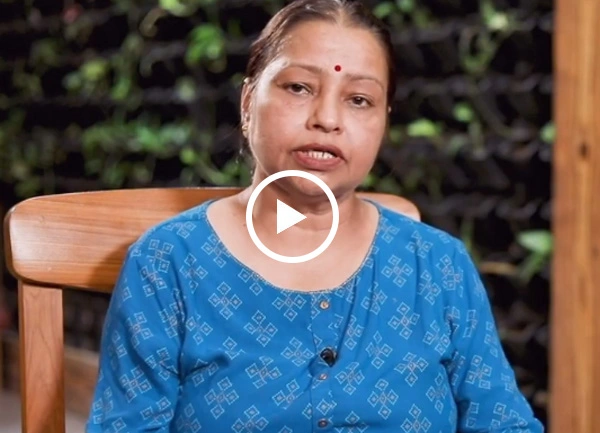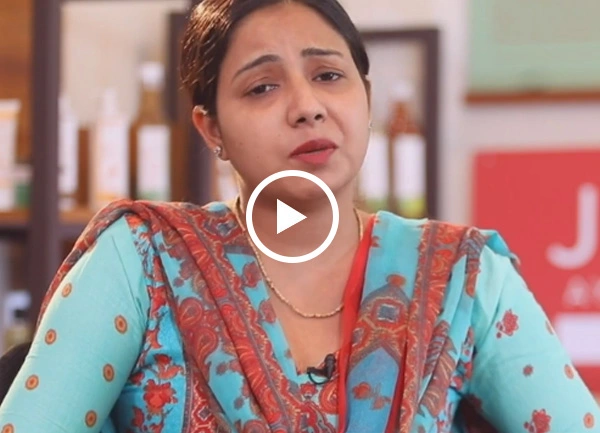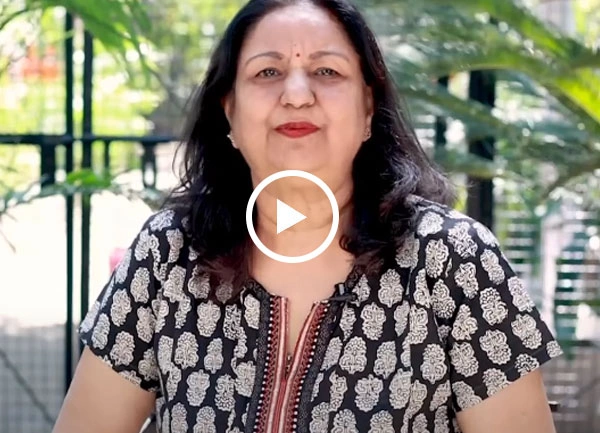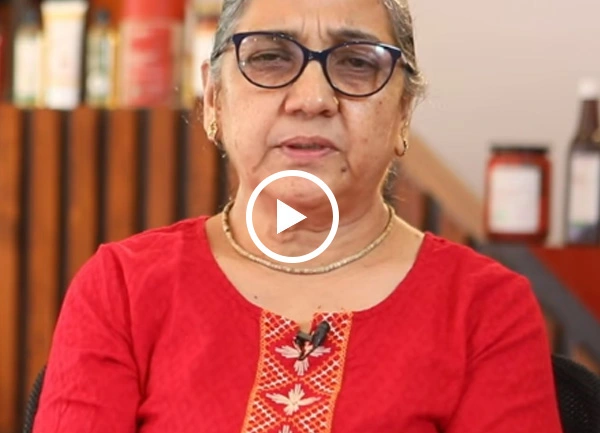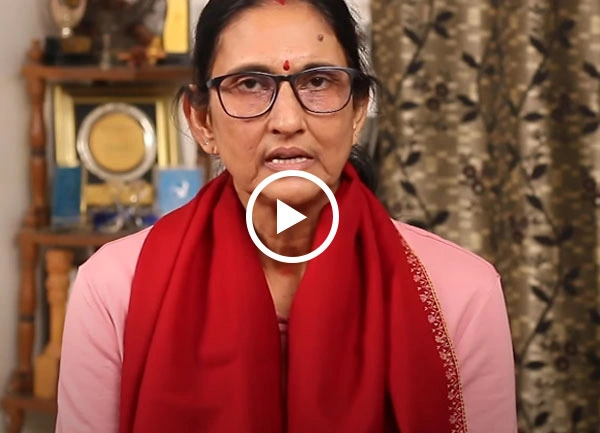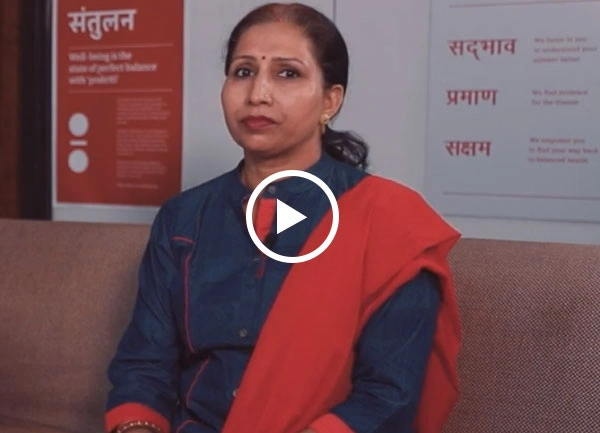Any food can be considered balanced and healthy if it contains a good combination of the six Ayurvedic tastes, is tailored to the consumer's body constitution, and is easily digestible across all age groups. In this article, we will discuss Rasa - one of the most critical factors in Ayurvedic cooking.
The Six Rasas:
Just as an understanding of the doshas is necessary for diagnosis of disease, an understanding of the rasa (taste) is necessary for treatment of disease. Every substance is made up of some combination of the five elements - Air, Fire, Water, Earth, and Space. Different permutations of these elements lead to the formation of the six tastes mentioned in Ayurveda - madhura (sweet), amla (sour), lavana (salty), katu (pungent), tikta (bitter), and kashaya (astringent).
The six tastes have certain qualities that can be attributed to their two primary elements. For example, the sweet taste is made up of earth and water, which makes it heavy, dense and moist. Because 'like increases like', eating sweet tasting foods excessively will lead to an increase in Kapha Dosha, as it comprises the same elemental qualities of Earth and Water.
Therefore, a balanced diet is one that has a healthy combination of all of the tastes, used in accordance with the dosha of the consumer. To be able to cook a balanced diet, it is imperative that one first understands all the tastes properly:
Madhura:
This taste is heavy, oily and cooling in nature. When used in moderation, it brings energy and vitality in the body, soothes burning sensation and has positive effects on the skin and hair. Overindulgence in sweet foods can aggravate Kapha Dosha and cause congestion, cough and heaviness. It balances Vata and is soothing for Pitta.
Found In: Milk and milk products (butter, ghee and cream), grains (wheat, rice and barley), legumes (beans and lentils), sweet fruits (bananas and mangoes), and vegetables (carrots, sweet potatoes and beets), etc.
Amla:
This taste enhances appetite, promotes digestion and has a warming effect on the body. In excess, it can create indigestion, hyperacidity and ulcers. This taste decreases Vata and increases Pitta and Kapha.
Found In: Citrus fruits (such as lemon and limes), sour milk products (like yogurt, cheese and sour cream), and fermented substances (including vinegar, pickles and soy sauce).
Lavana:
The Salty Taste is heating and heavy in nature. When taken in moderation, it gives energy, promotes growth and stimulates water retention. However, too much salt in the diet can lead to hypertension, edema, ulcers, and hyperacidity. Salty Taste increases Pitta and Kapha and decreases Vata. Due to its ability to stimulate digestion, it is highly recommended for Vata people.
Found In: Any salt (sea salt and rock salt), sea vegetables (like seaweed and kelp), and foods to which large amounts of salt are added (like nuts, chips and pickles).
Katu:
It is heating, light and drying in nature, helps digestion and circulation and cleanses excess fat from the body. When used excessively, it can cause inflammation, irritation, diarrhoea, heartburn, and nausea. Pungent Taste increases Vata and Pitta. Due to its ability to dissolve fat, it is recommended for people with an aggravated Kapha Dosha.
Found In: Certain vegetables (such as chili peppers, garlic, and onions), and in spices (like black pepper, asafoetida, ginger, and cayenne).
Tikta:
This taste is cool, light and dry in nature. In excess, it can cause emaciation, fatigue and dizziness. Bitter Taste increases Vata and decreases Pitta and Kapha. It is especially balancing for Pitta as it helps to cool excess heat, enhance digestion, and improve liver function.
Found In: Green leafy vegetables (such as spinach and green cabbage), other vegetables (including zucchini and eggplant), coffee, tea, and fruits (such as grapefruits, olives and bitter melon).
Kashaya:
The cooling, drying and heavy nature of Astringent helps improve absorption and has anti-inflammatory properties. In excess, it can create constipation and stagnation of circulation. The astringent taste increases Vata and decreases Pitta and Kapha.
Found In: Legumes (such as beans and lentils), fruits (including pomegranates, pears, and dried fruit), vegetables (such as, broccoli, cauliflower, asparagus and turnip), grains (such as rye, buckwheat, and quinoa), coffee, and tea.




